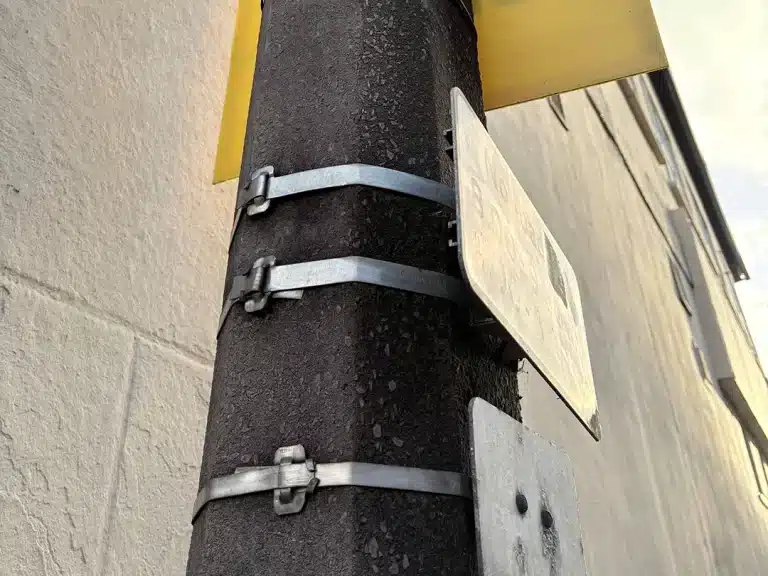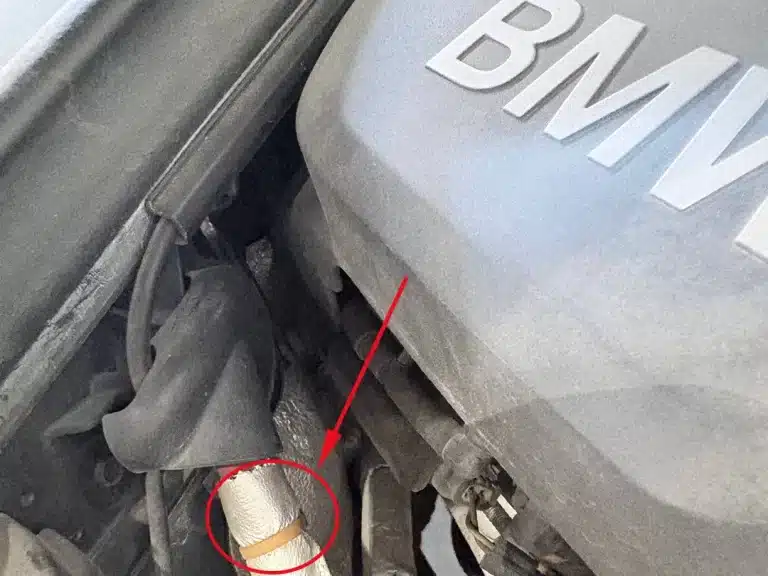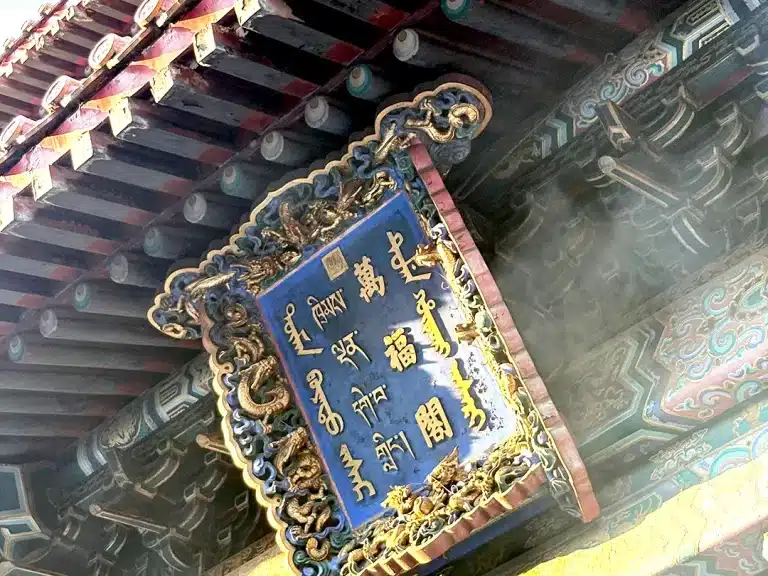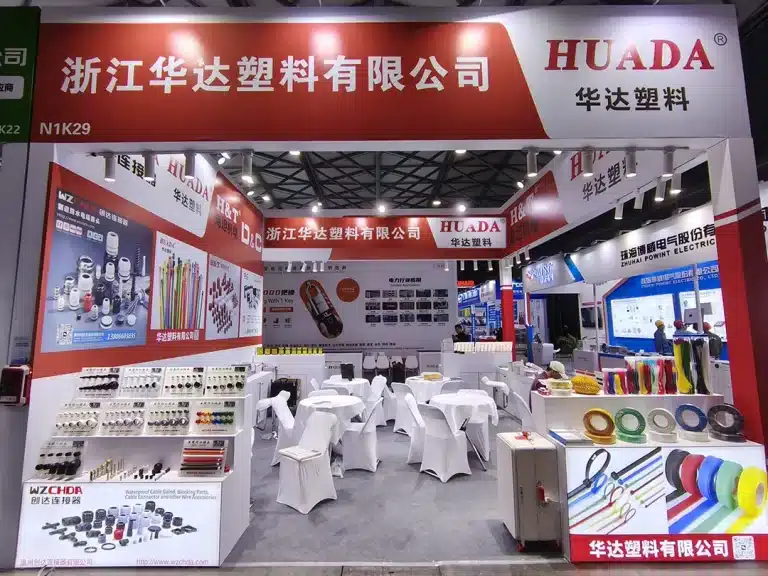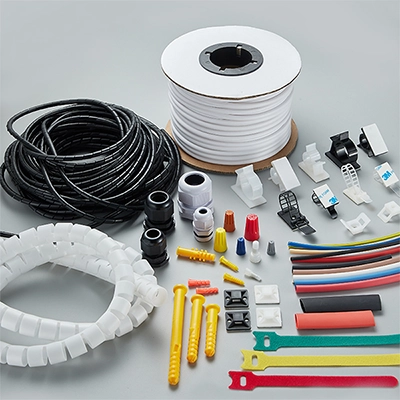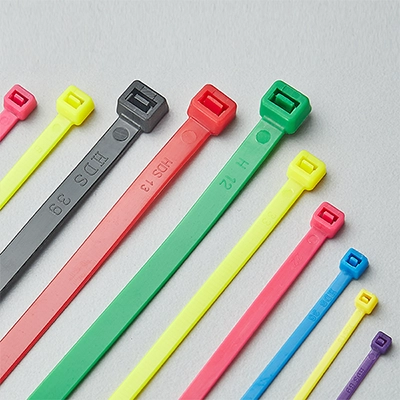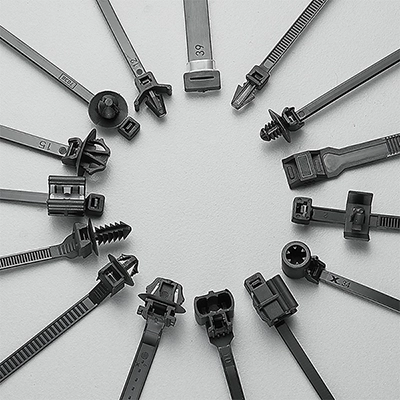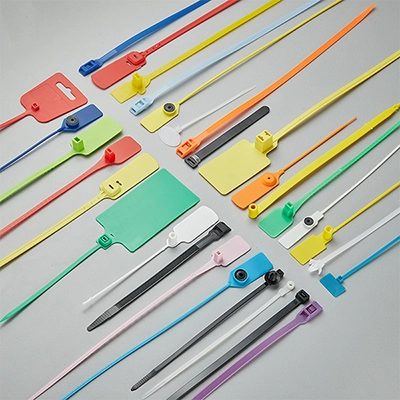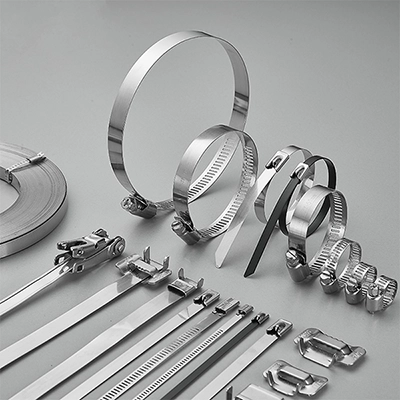Have you ever noticed those small numbers or letters on the strap near the head of a cable tie?
They might look like random codes or production batches—but they’re not.
These markings actually serve important purposes, and today we’re going to uncover what they mean and how they’re used in real-world applications.
How Cable Tie Markings Are Molded, Not Printed
The markings on nylon ties are closely related to the molds used in their production. As explained in our article “How Cable Ties Are Made,” the very first step in making cable ties is mold fabrication.
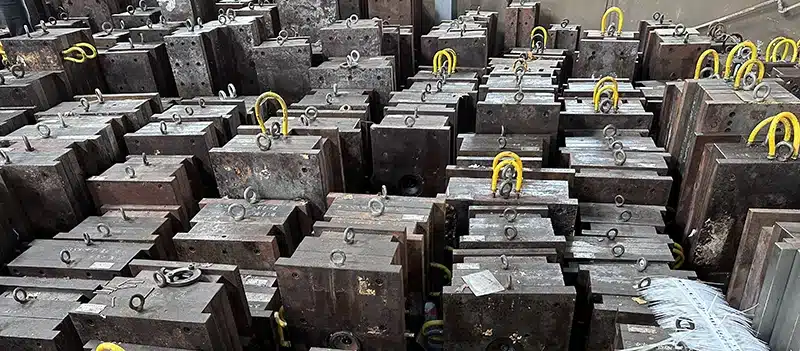
You can think of these molds like ice cream molds—different mold designs produce different shapes. The same principle applies to cable ties. Any information we want to display on the tie, such as numbers or letters, is engraved directly into the mold. Once the injection molding process begins, these markings are naturally formed on the surface of the cable tie as part of the product itself.
Why Are Markings Added to Cable Ties?
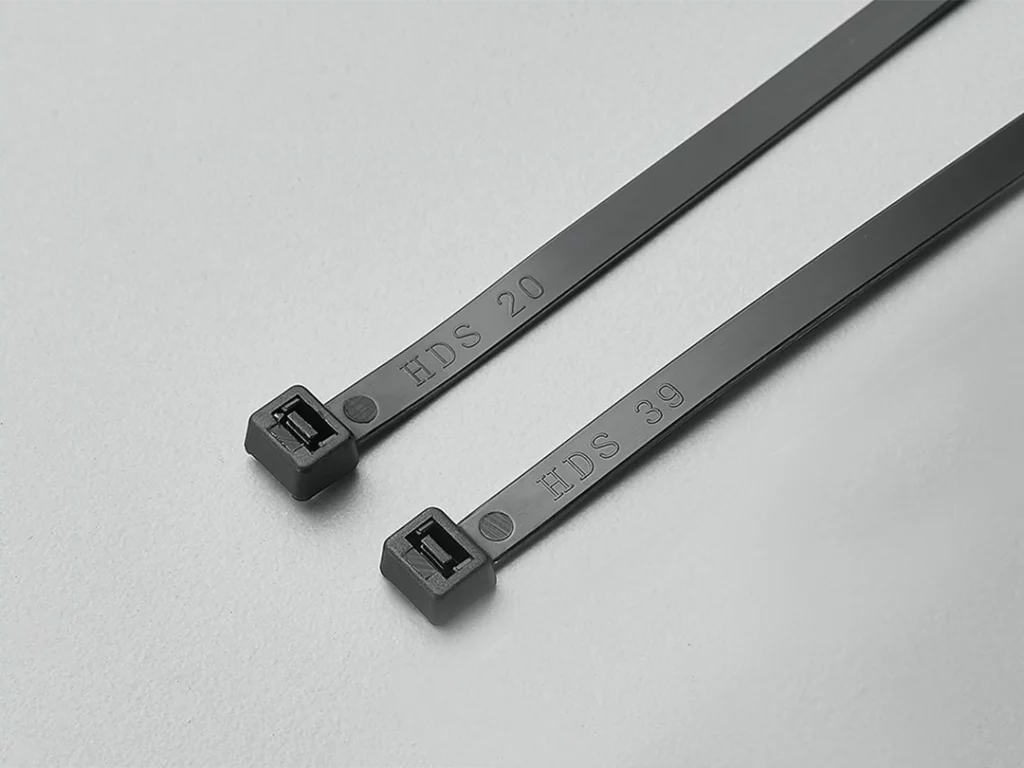
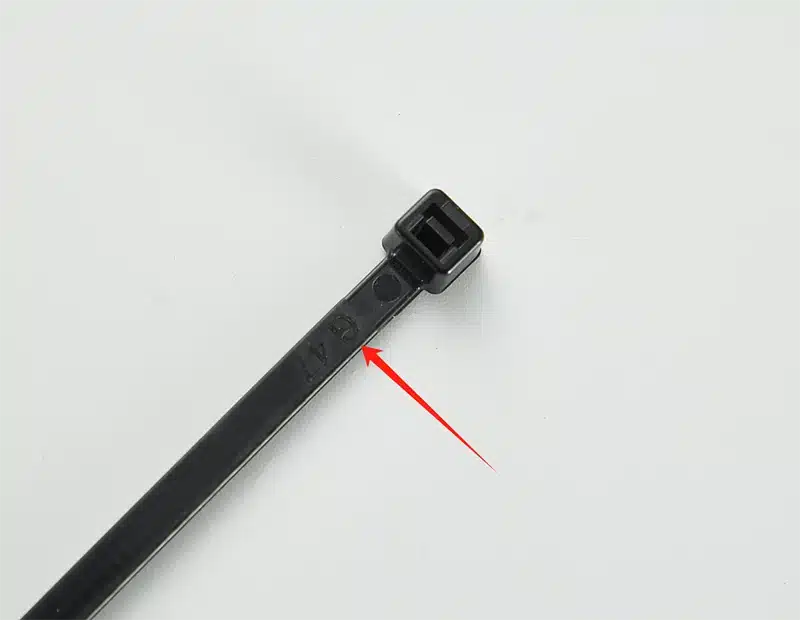
In most cases, the markings on cable ties are a combination of letters and numbers. The letters typically represent internal codes defined by the manufacturer, such as a product series or mold group. For example, at HUADA, we have as many as six different molds for the 4.8×200mm cable tie size due to the different markings. We use codes like HDS, HD, or G to distinguish between them for fast and accurate identification.
The numbers that follow, such as HDS 1, HDS 2, … up to HDS 200, correspond to individual mold cavities. A single mold may contain hundreds of cavities, each producing one tie at a time. These numbers help track the exact cavity that produced a specific tie.
So what’s the purpose of adding these molded-in codes?
1. Factory Identity
Each cable tie manufacturer may use unique letter codes as part of its branding or internal identification system. For example, our “HDS” series code is exclusive to HUADA, while “Panduit” refers to the cable tie manufacturer Panduit. It helps us—and our customers—identify product origin quickly.
2. Easier Mold Maintenance & Quality Control
Because every cavity in the mold has a unique number molded into the head of the tie, any quality issue can be traced back to the exact cavity. This allows our production team to pinpoint and fix problems efficiently without interrupting the entire mold operation.
3. Custom Branding for Clients
Beyond internal codes, we can also engrave client-specific markings onto the mold—such as company names, logos, icons, or other custom identifiers.
Thanks to our in-house mold workshop and experienced engineers with over 30 years in the industry, we ensure high-precision, durable mold engraving.
Compared to printed markings, molded-in customization offers lower cost for high-volume production and guarantees consistent, permanent results that won’t wear off.
Conclusion
As we’ve seen, the letters and numbers molded into nylon ties may look simple, but they serve multiple important functions. While there are no strict industry rules about what these markings must include, they play a vital role in production control, quality management, and customization.
From identifying specific molds and improving maintenance efficiency, to enabling client-specific branding, these small markings significantly enhance the functionality and traceability of cable ties.
Whether used in standardized mass production or tailored for individual clients, molded-in markings help cable tie manufacturers produce and deliver cable ties more efficiently—and help users identify and apply them with greater confidence.
